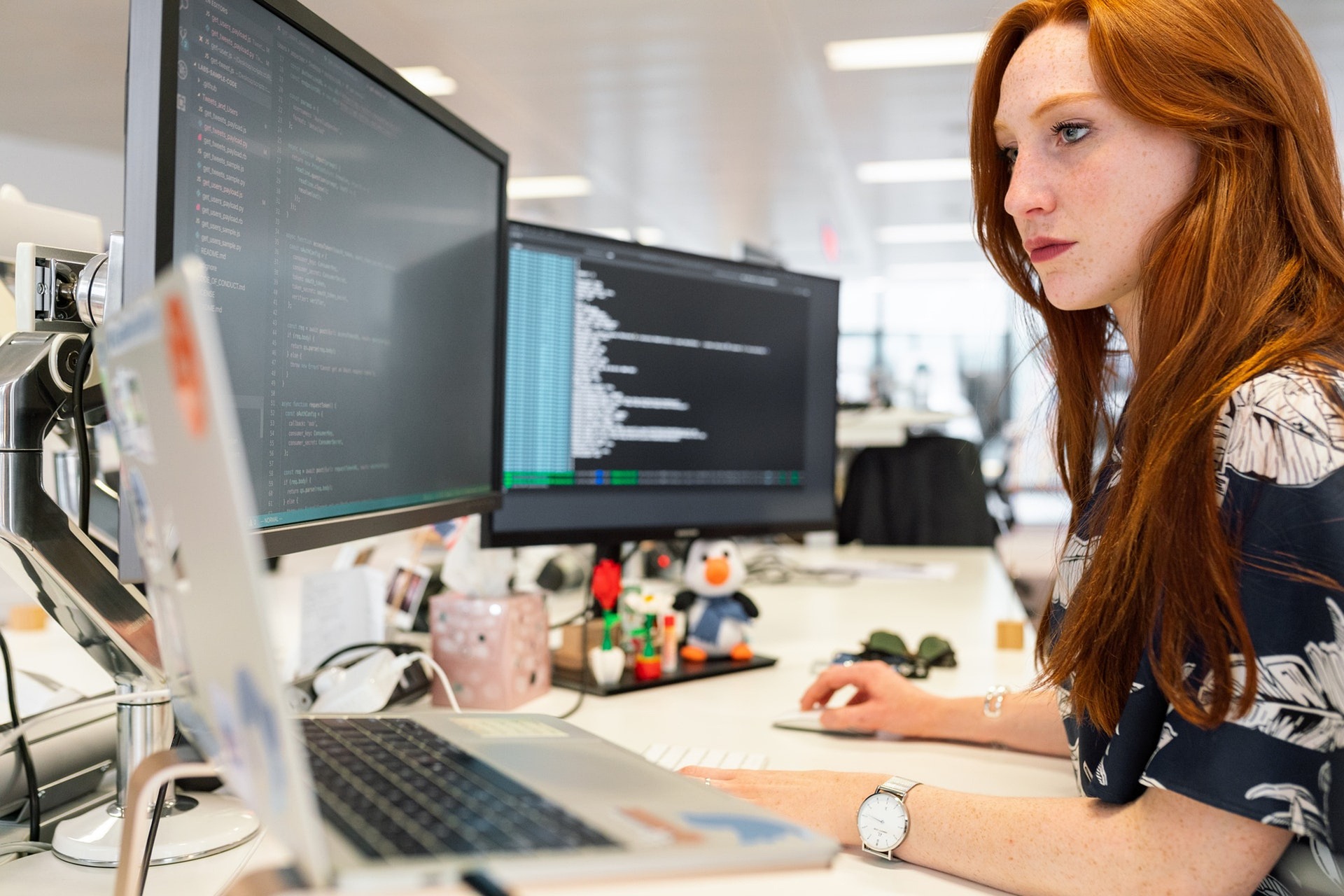The rapid advancement of artificial intelligence (AI) has led to the rise of generative models—algorithms designed to create content that mimics human creativity. From text and images to music and code, these models are revolutionizing how we approach creativity and productivity in fields ranging from entertainment to software development. In this article, we’ll explore the current state of generative AI, its transformative impact on various industries, and what the future might hold for creativity in the age of automation.
What Are Generative Models?
Generative models, including technologies like GPT (Generative Pretrained Transformers), DALL-E, and MusicLM, use machine learning algorithms to generate new content based on patterns learned from vast datasets. These models don’t just replicate existing works—they can generate novel ideas, designs, or solutions. At their core, generative models rely on deep learning techniques like neural networks, which allow them to understand and mimic the intricacies of human creativity.
AI in Creative Industries: A New Era of Innovation
- Writing and Content Creation One of the most well-known applications of generative AI is in content creation. Tools like ChatGPT have transformed the way writers, marketers, and journalists generate text. Writers use AI to draft articles, brainstorm ideas, or overcome writer’s block. In marketing, generative models help create personalized content at scale, from email campaigns to social media posts, all while maintaining brand tone and messaging.
The rise of AI-generated stories, blogs, and scripts also raises questions about originality and authorship. Can AI-generated content be considered truly creative, or is it merely a reflection of the data it was trained on? These debates will likely shape the future of AI in the creative sector.
- Visual Arts and Design With models like OpenAI’s DALL-E, creators can now generate stunning, high-quality images from text prompts. This has opened up new possibilities for graphic designers, illustrators, and visual artists, who can leverage AI to speed up their workflows or come up with unique concepts that would have taken hours of manual effort.
AI can also assist in fields like fashion and architecture, where it can generate design prototypes or assist in rapid prototyping. However, the idea that machines can create art has sparked philosophical debates—how much of the creative process is truly human, and where do we draw the line between human and machine-made art?
- Music and Sound Design Generative AI is also transforming the music industry. AI systems like Google’s Magenta or OpenAI’s Jukedeck are capable of composing original music tracks, generating melodies, harmonies, and even entire symphonies based on user input or trained data. Music producers and composers now have AI assistants that can suggest chord progressions, create background tracks, or even master entire songs in a matter of minutes.
This not only reduces the time required for music production but also opens up new creative avenues for musicians to explore. However, as AI-generated music becomes more prevalent, questions arise about intellectual property and the role of human musicians in an increasingly automated industry.
Generative AI in the Workplace: Boosting Productivity
- Automating Repetitive Tasks Beyond creative industries, generative models are having a profound impact on productivity in the workplace. AI tools are automating routine tasks, such as drafting reports, generating code, and even answering customer inquiries. For example, AI-driven code generators like GitHub Copilot help developers write and debug code faster, increasing software development efficiency.
Similarly, in administrative roles, generative AI tools like chatbots can handle a wide range of tasks, from managing emails to scheduling meetings. By automating these repetitive tasks, AI frees up human workers to focus on more complex and strategic activities, boosting overall productivity.
- Enhancing Decision-Making with Data Insights Generative models can also aid in data analysis by generating insights and predictions based on large datasets. In fields like finance, healthcare, and marketing, AI can generate reports, perform simulations, and even predict future trends, helping businesses make more informed decisions. AI’s ability to analyze data at scale enables companies to optimize strategies and processes with unprecedented speed and accuracy.
For instance, in marketing, AI can generate personalized advertising campaigns based on customer behavior and preferences, making it easier for companies to connect with their audiences. In healthcare, AI can analyze patient data to predict outcomes, suggest treatments, or even create new drugs.
- Personalized Learning and Training Generative AI is also reshaping education and professional development. Personalized learning systems powered by AI are able to create tailored lesson plans and educational content suited to each individual’s learning pace and style. This can be particularly beneficial for upskilling workers or providing training in industries like IT, healthcare, and finance.
Moreover, AI-driven simulations and virtual environments can provide hands-on training for complex tasks or rare scenarios, helping employees build skills in a safe, controlled setting.
Ethical Considerations: Balancing Creativity and Automation
As generative AI continues to evolve, several ethical concerns arise that need to be addressed:
- Intellectual Property and Copyright Who owns AI-generated content? If an AI generates a piece of music, a piece of writing, or a design, who should be credited as the creator? Current copyright laws don’t account for the role of AI in content creation, and as AI becomes more sophisticated, this issue will become more pressing.
- Bias and Fairness Generative models are trained on large datasets, which can sometimes reflect societal biases. For example, if a generative AI is trained on a dataset with a lack of diversity in design, it may produce results that unintentionally reinforce stereotypes. Ensuring that AI systems are transparent and fair is crucial in order to prevent discrimination and promote inclusivity.

- Job Displacement vs. Augmentation As AI becomes more adept at automating tasks, there are concerns about job displacement. While AI has the potential to increase productivity, some jobs—particularly in fields like content creation, customer service, and basic design—may be at risk. However, many experts argue that AI will act more as an augmentative tool, allowing humans to focus on higher-level problem-solving while AI handles the routine tasks.
What Does the Future Hold for Generative AI?
The future of generative AI looks promising but complex. As these technologies continue to improve, they will likely become an integral part of many industries, enabling greater creativity and productivity. However, this rapid progress will require ongoing discussions about ethics, governance, and regulation to ensure that AI is used responsibly.
In the coming years, we can expect generative AI to push the boundaries of what we thought possible, helping individuals and organizations alike unlock new creative potentials and innovate at an unprecedented scale. Whether it’s revolutionizing the way we create art, produce music, or even run businesses, AI’s transformative impact is just beginning.
Ultimately, as we move forward into an AI-driven world, the question may not be whether AI can replace creativity, but rather how human creativity can be augmented and amplified by the power of AI. The future will likely see a symbiotic relationship between humans and machines, one that combines the best of both worlds to unlock new possibilities for innovation and artistic expression.












